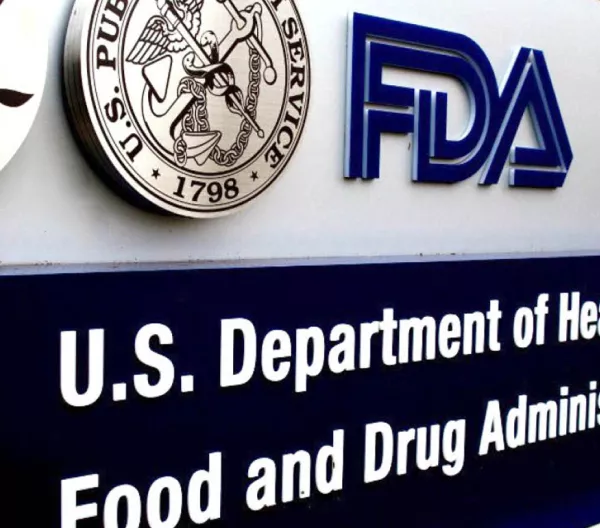The most recent bird flu (H5N1) outbreak has spread to dairy cattle, spurring a wave of misinformation about raw milk vs. pasteurized milk, disease spread and immunity, and the perceived health benefits of raw milk. Here's what you need to know.
What is raw milk?
Raw milk is unpasteurized, or milk that has not been heated to temperatures that kill pathogens like Salmonella, E. coli, Listeria, or other harmful bacteria and viruses. Consuming raw milk can cause vomiting, diarrhea, fever, body and abdominal pains, and headache—but it may also cause chronic, severe, and life-threatening symptoms. Infants, children, and pregnant people experience higher risks from foodborne illnesses; E. coli O157, for example, is more likely to cause kidney failure in infants and children than in adults, but immunocompromised and elderly adults are also at greater risk than healthy younger adults.
Pasteurization and public health
Pasteurized milk is chilled raw milk that is briefly heated to temperatures sufficient to kill bacteria. The pasteurization process was invented by Louis Pasteur in 1864 and has been used in commercial milk production in the US for many decades. Following pasteurization, the milk is cooled, mixed with the appropriate milkfat content (which is removed during heating), homogenized to prevent separation, and often fortified with Vitamins A and D before being packaged for sale.
Mandatory pasteurization has improved America’s food system by reducing disease outbreaks. In the US, milk‐borne diseases were responsible for 25 percent of all foodborne illness outbreaks in 1938; by 2016, milk and dairy products were responsible for less than 1 percent of foodborne illness outbreaks.
The CDC, FDA, USDA, American Medical Association, American Academy of Pediatrics, American Public Health Association, National Environmental Health Association, National Public Health Information Coalition, and other health organizations advise against drinking raw milk, particularly for infants, children, pregnant or elderly people, and the immunocompromised.
Raw milk and illness risk
H5N1, the most recent avian flu variant, has infected dairy cattle. Pasteurization kills the virus, but there is a chance that the live virus could survive in raw milk and transmit infection. So far, however, the only human cases of infection with H5N1 have been in dairy workers.
Sales of raw milk, though, have not been negatively impacted by the outbreak. In fact, they continue to climb: data from NielsenIQ indicate sales of raw milk increased 20 to 65 percent since last year, showing no signs of flagging in the midst of the dairy cattle outbreak.
But H5N1 isn’t the only infectious disease that can be present in raw milk: it’s also a source of Salmonella, Campylobacter, and E. coli, germs that can cause hospitalization, long-term complications, and death. Children under 5, adults over 65, pregnant people, and those with weakened immune systems are especially vulnerable.
Social media and unfounded health claims
Despite decades of research pointing to raw milk as a vector for foodborne illness and failing to identify meaningful differences in the nutritional values of raw and pasteurized milk, influencers (in conservative circles as well as the organic and alternative “wellness” spheres) have touted unpasteurized dairy as a healthy way to achieve immunity against H5N1 and other viruses; “cure” lactose intolerance, asthma, and allergy; prevent osteoporosis; improve gut health; aid digestion; and many other unfounded claims.
The FDA has published a fact sheet that debunks each of these misconceptions, and the CDC has issued updated guidance for healthcare providers about raw milk and avian flu. Nevertheless, raw milk continues to grow in popularity, presenting an opportunity for viruses and bacteria to threaten public health.
Learn more at Nutrition Action:Can you become more tolerant of lactose?








